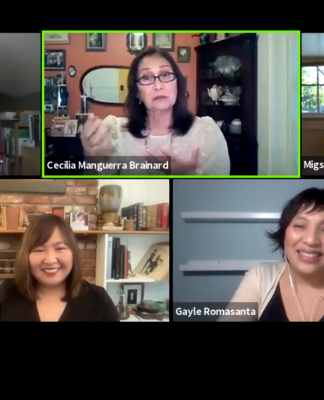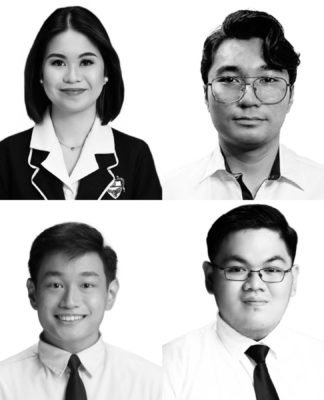SUN-POWERED night lights designed by Electronics Engineering (ECE) major Rikki Macolor will be deployed to Tacloban City and neighboring areas hit by Super Typhoon “Yolanda.”
Macolor, president of the Network of Electronics Engineering Students, an organization of ECE majors in the Faculty of Engineering, said solar night lights would be a good alternative until the government has completely restored power. Energy Secretary Jericho Petilla’s self-imposed target is by Christmas Eve.
“A three-watt solar night light is bright enough to light up the street,” he said. “Instead of prioritizing the rebuilding of street lights, we can deploy these units early on so we can speed up relief operations, especially during night time.”
The project was conceived through the collaboration between the ECE department of UST, the Technical Education and Skills Development Authority (Tesda) and My Shelter Foundation, a non-government organization advocating green technology.
Solar night lights could work for eight to 10 hours at night after a four-hour exposure to the sun.
Sonia Lipio, executive director of the Regional Coordinating Office of Tesda, said the agency had committed to sending 1,300 units of solar night lights to Tacloban. She said more would be provided in Cebu and other communities devastated by “Yolanda.”
“In the distribution, we have to tie up with the local government units since they have a clearer understanding of the situation of the people in the affected areas,” she said.
She said recipients would be trained on how to assemble solar night lights, which would come with manuals.
“We have electronic trainers in the Bicol region who will work on the training and assembly,” Lipio told the Varsitarian. “The proximity between Bicol and Eastern Visayas will hasten the deployment of solar units.”
Lipio said Tacloban would not be covered by training sessions yet since most of the residents were gravely affected by the typhoon.
Macolor said he was open to improvements in his design.
“The engineering students’ role is to look to this particular technology and enhance it,” he said.
“The more hands we have on deck, the larger the improvement will be, as the designing prowess of students will perfectly match the building and replication skills of Tesda.”
He said students from other disciplines could also be involved in the development and deployment of solar units, as these are “simple to build” and would only require technical skills that can be taught during training.
Julford Abasolo, training center administrator of Tesda, said construction was so simple that even those with physical disabilities were being trained to assemble solar night lights.
“We also train people with disabilities. They can be efficient assembler of the devices, considering that they are given proper technical training,” he said.
Lipio said students of ECE and other related fields should immerse more on research, specifically on how to produce the solar panels, which are the very component that absorbs light from the sun but we cannot produce.
“The challenge for UST is to develop solar panels for these will also provide business opportunities for Filipinos,” Lipio said.

















